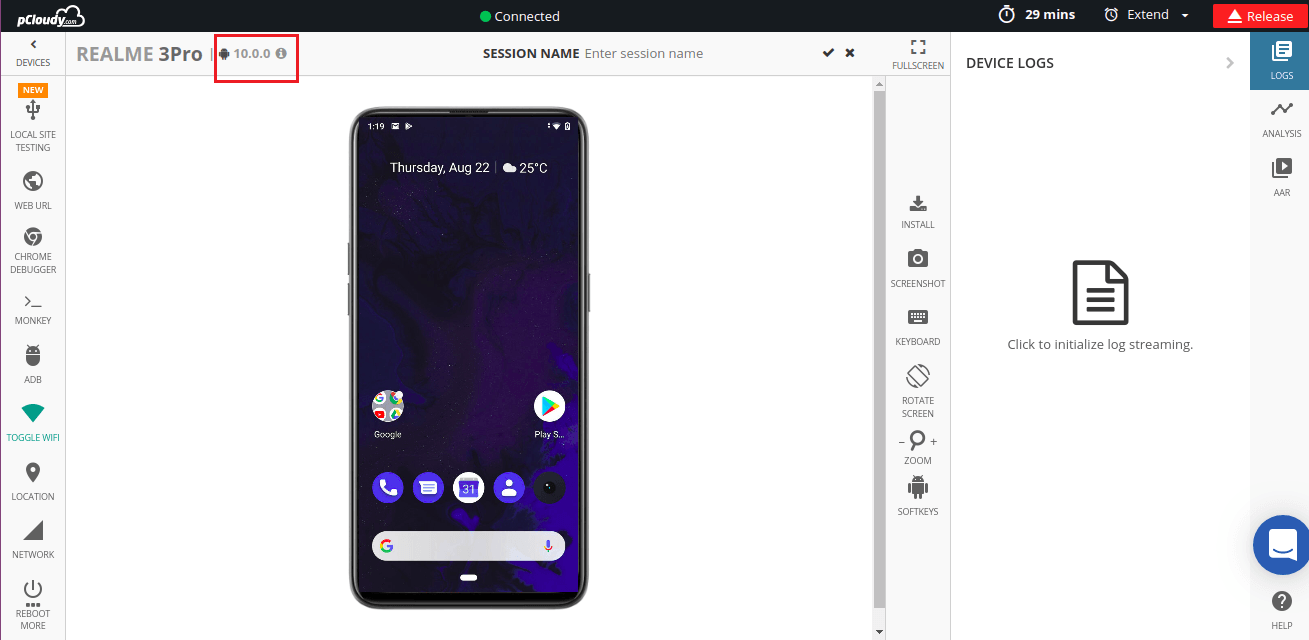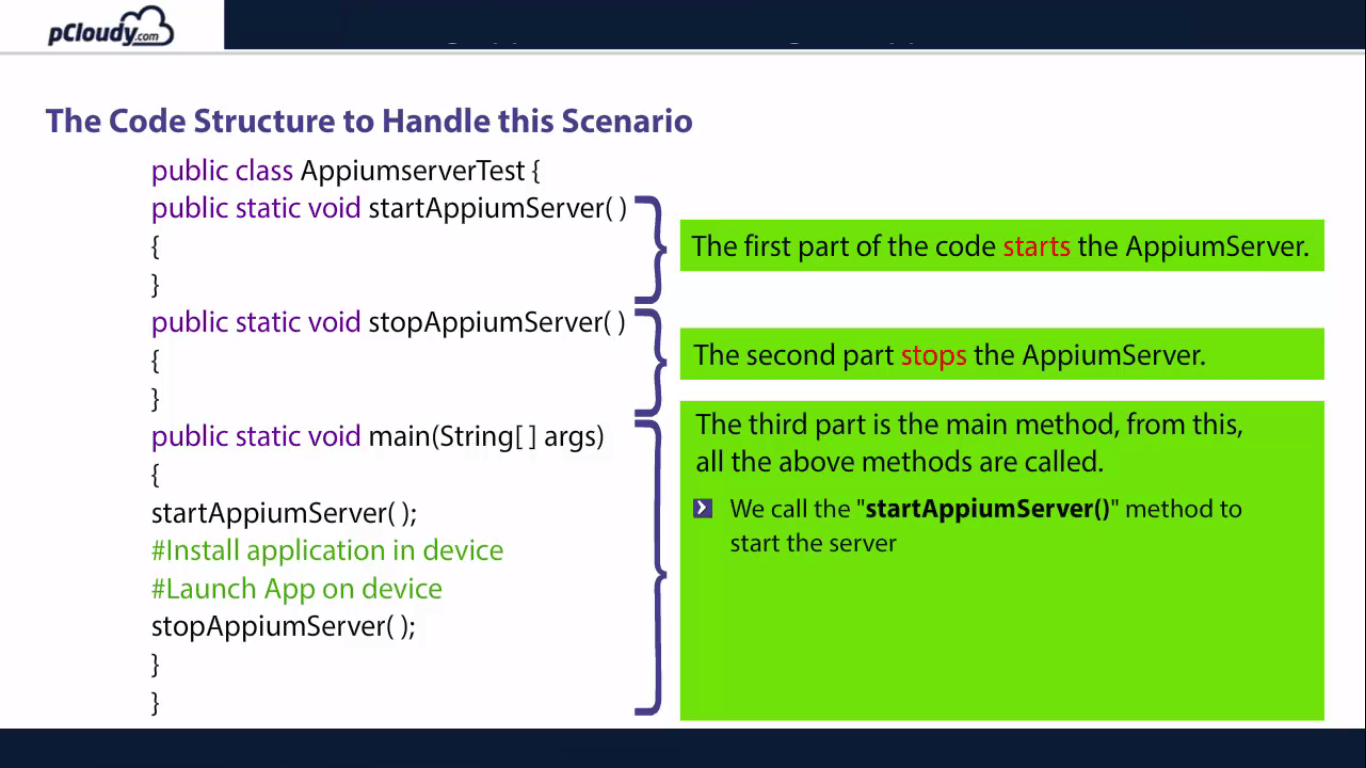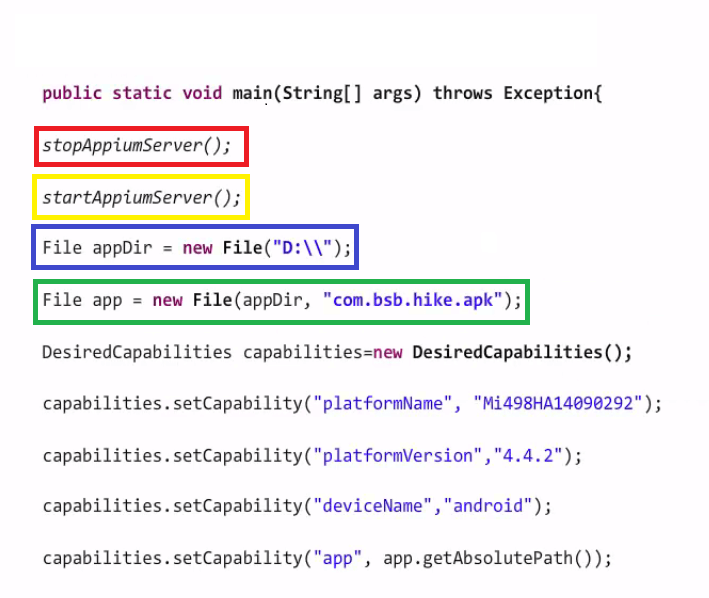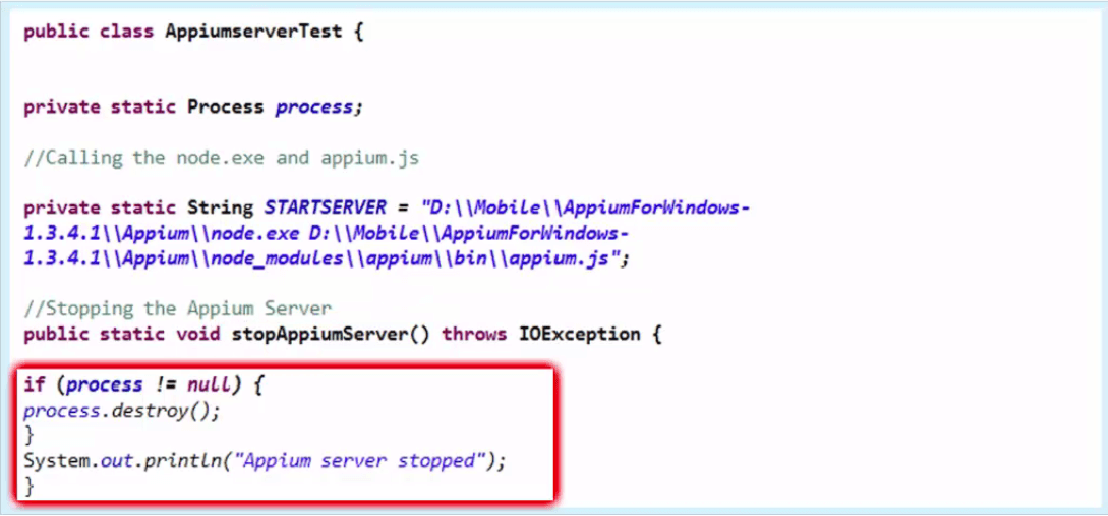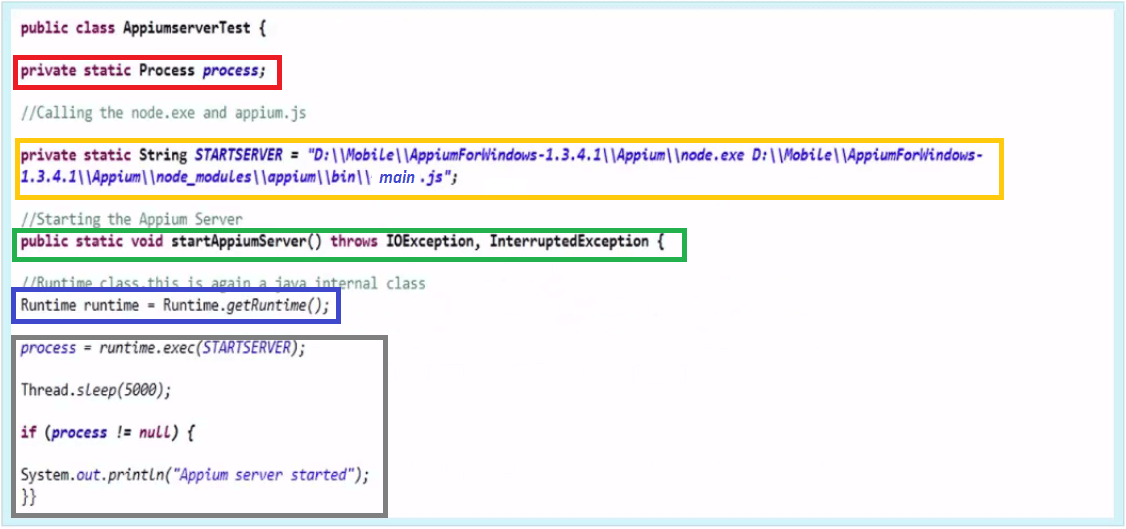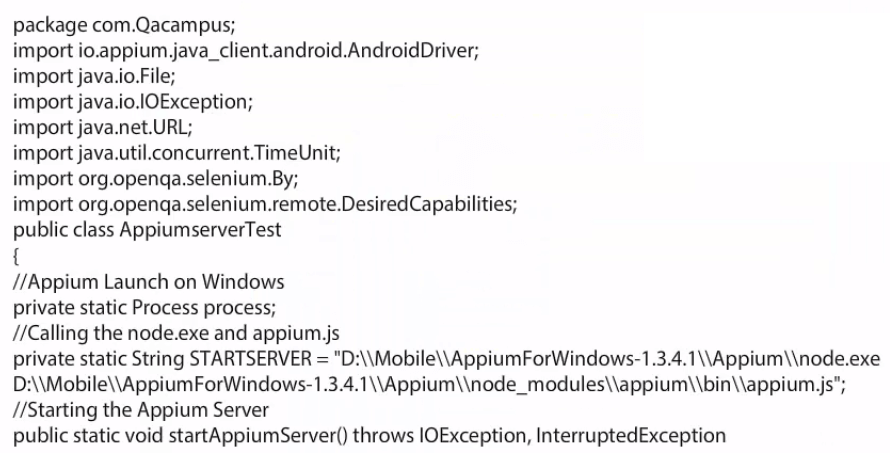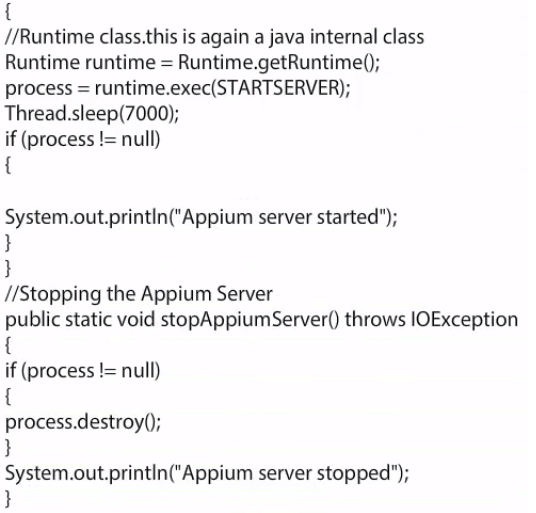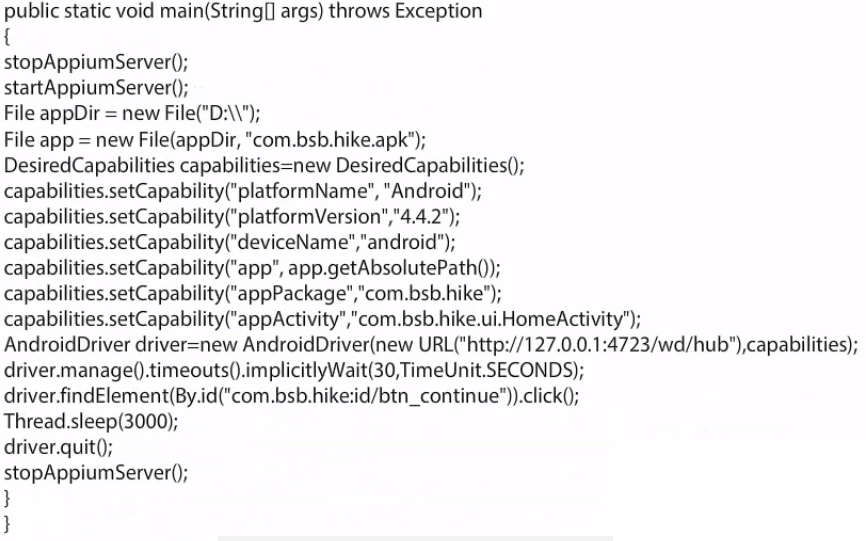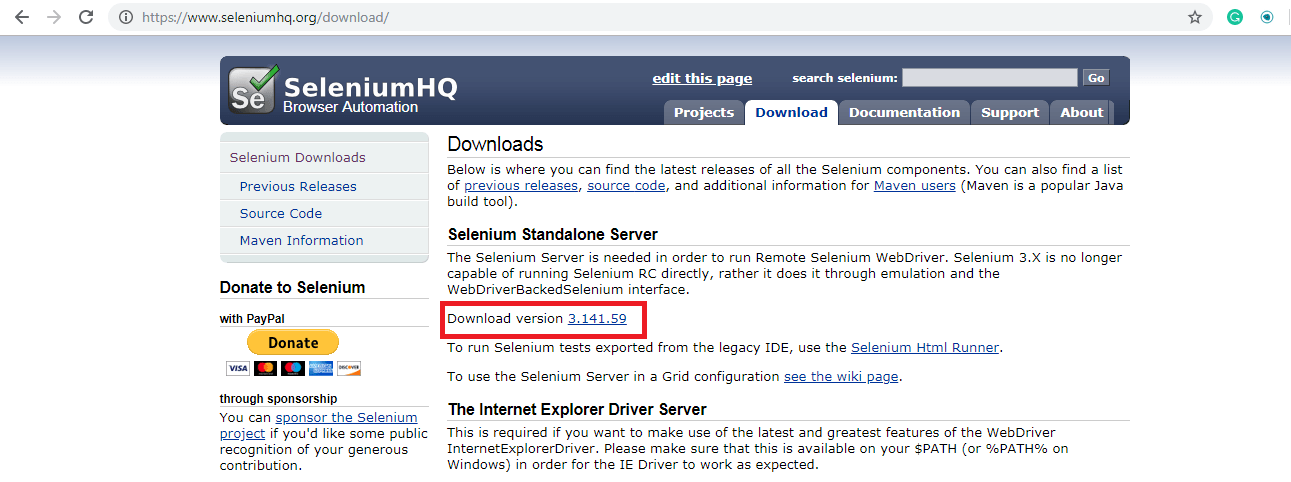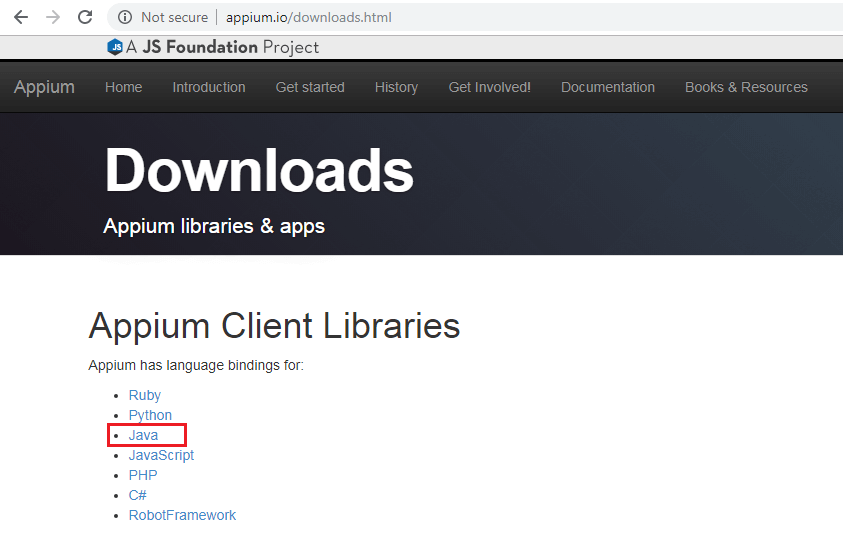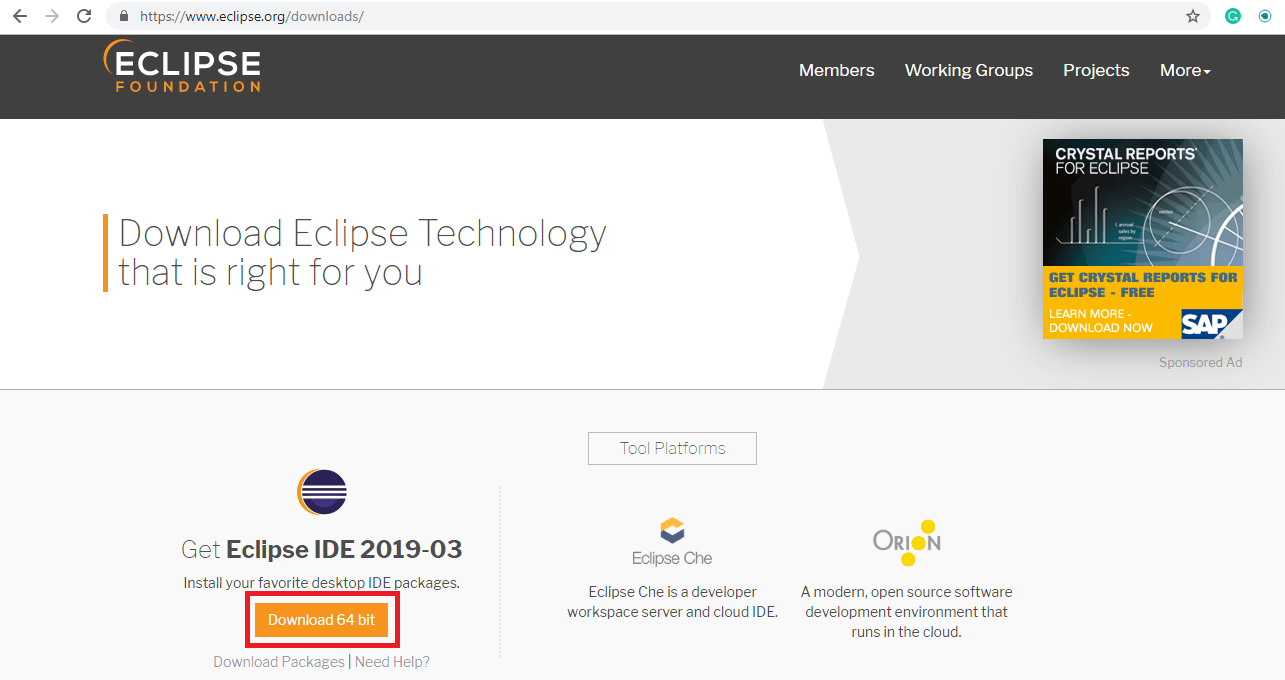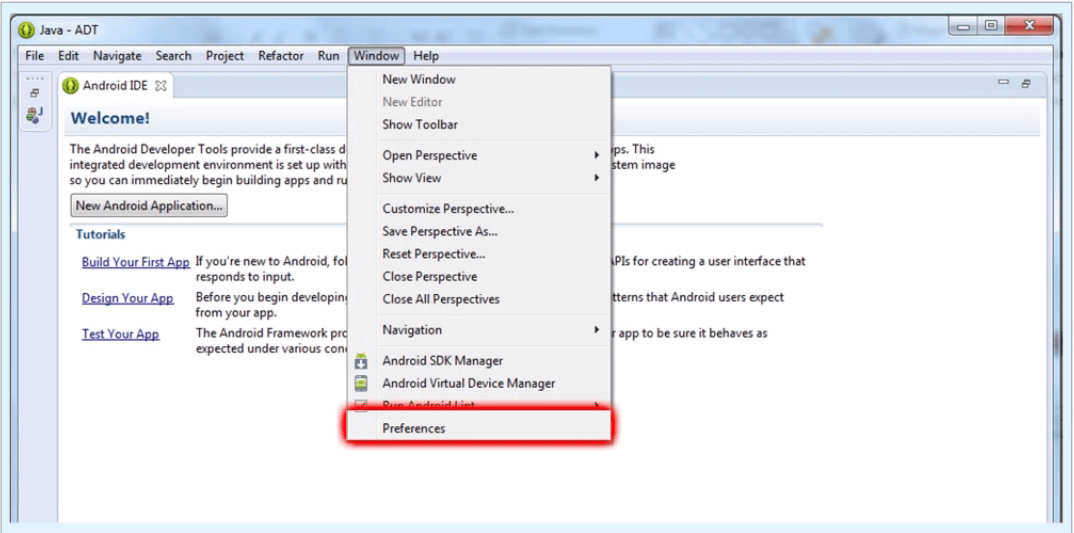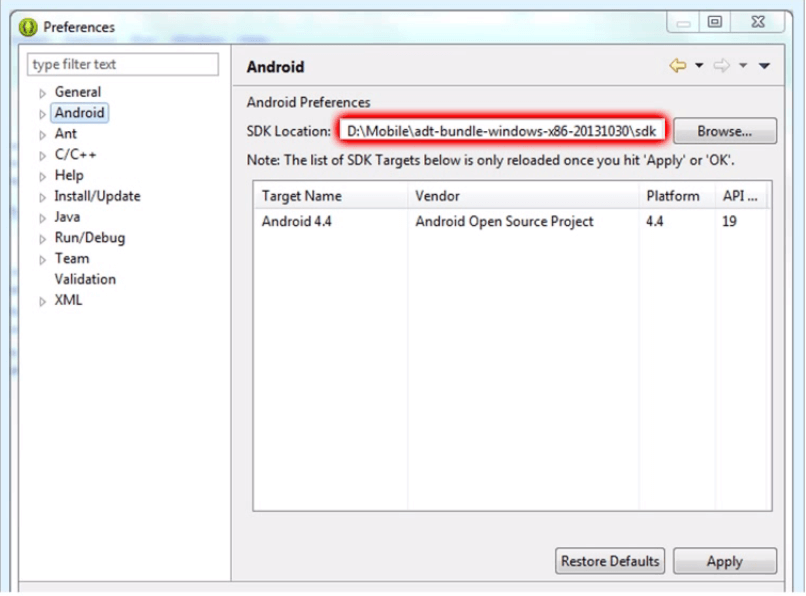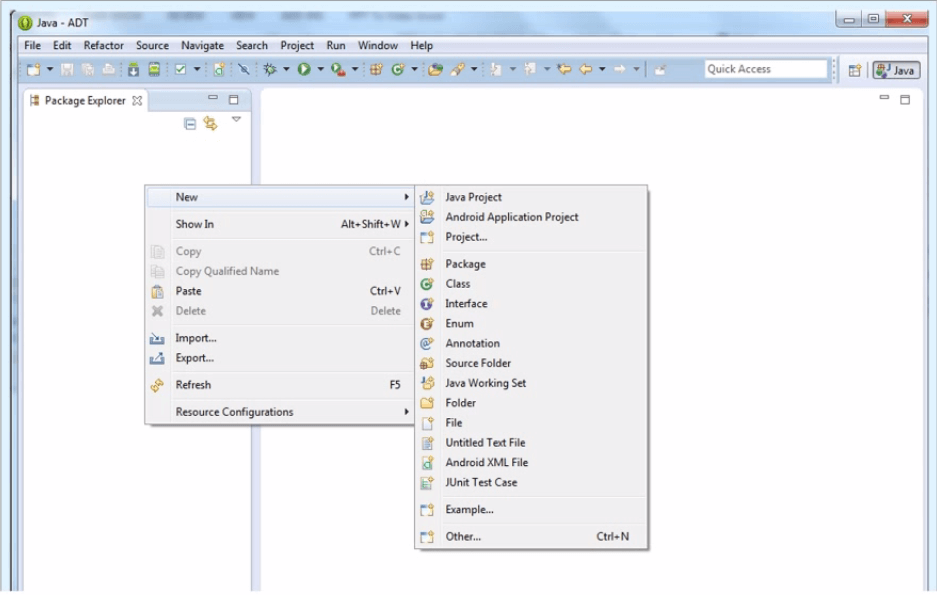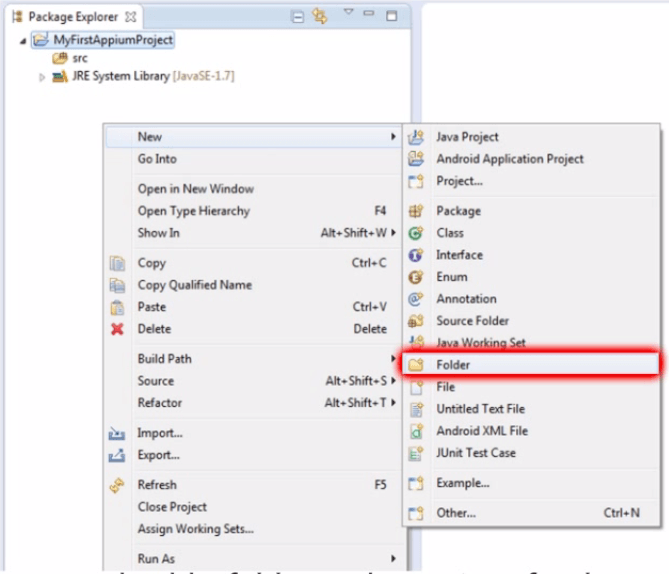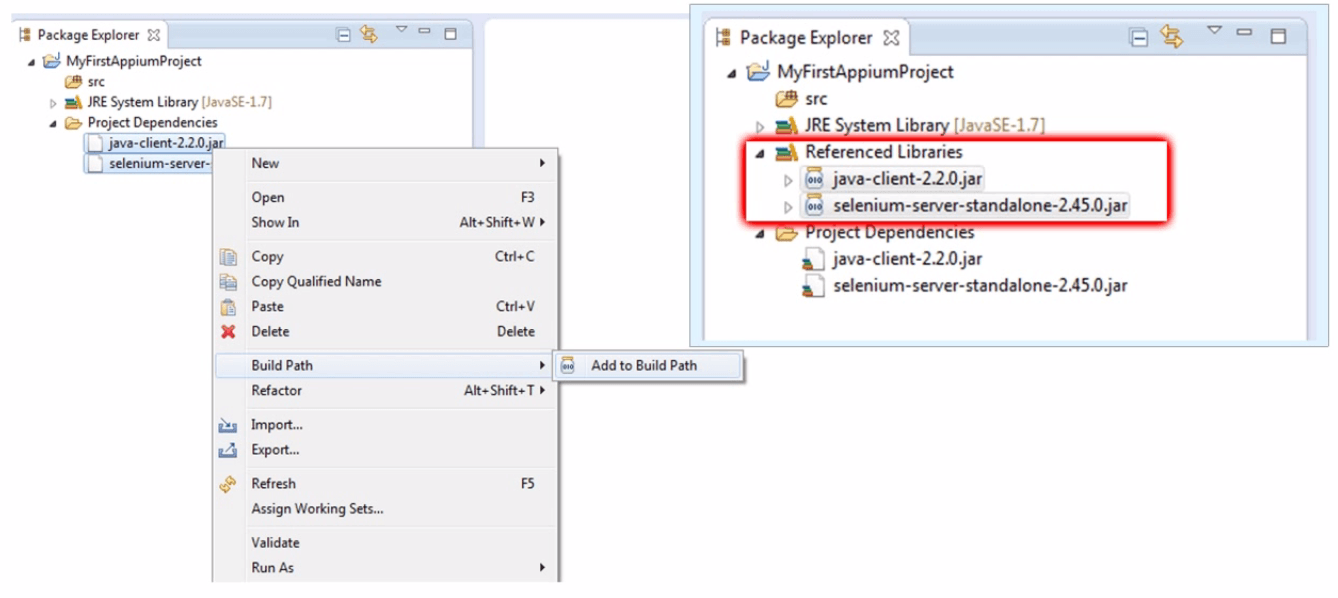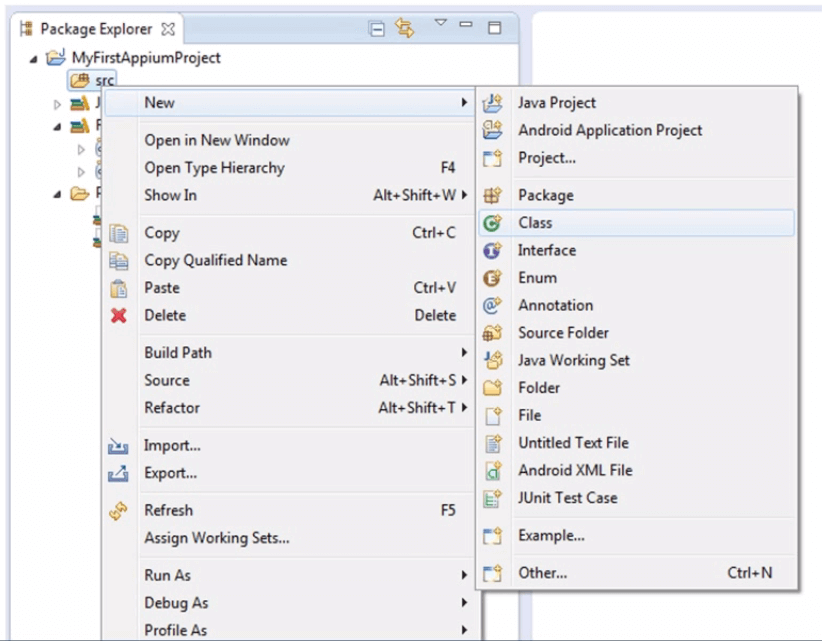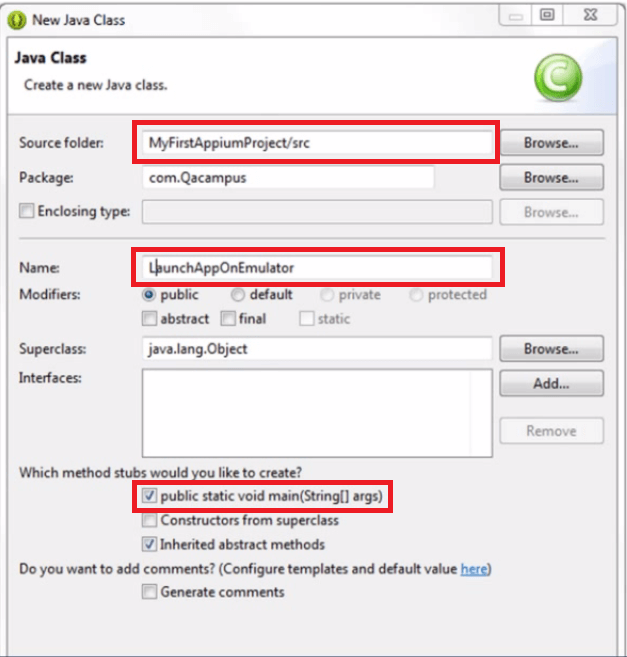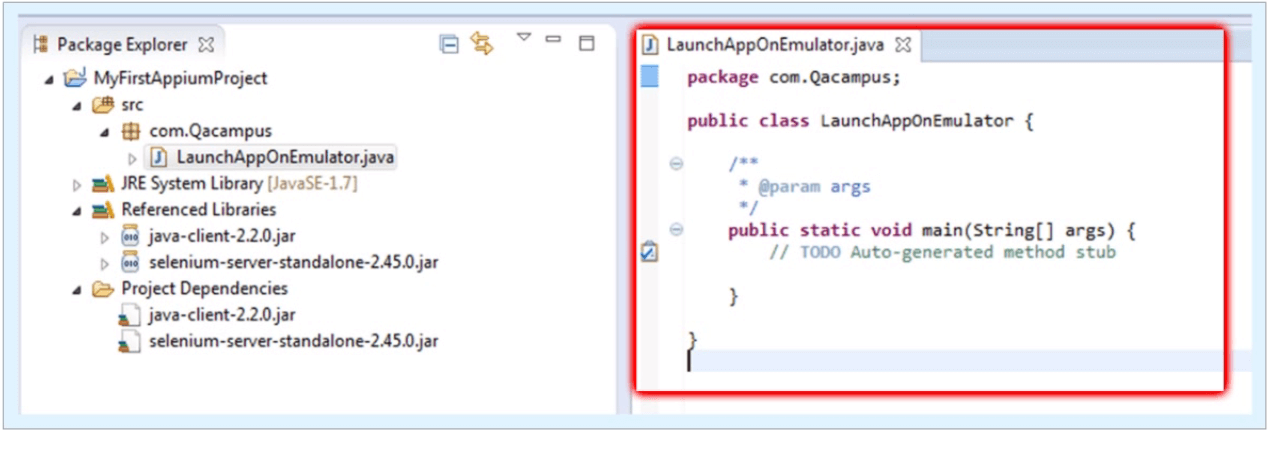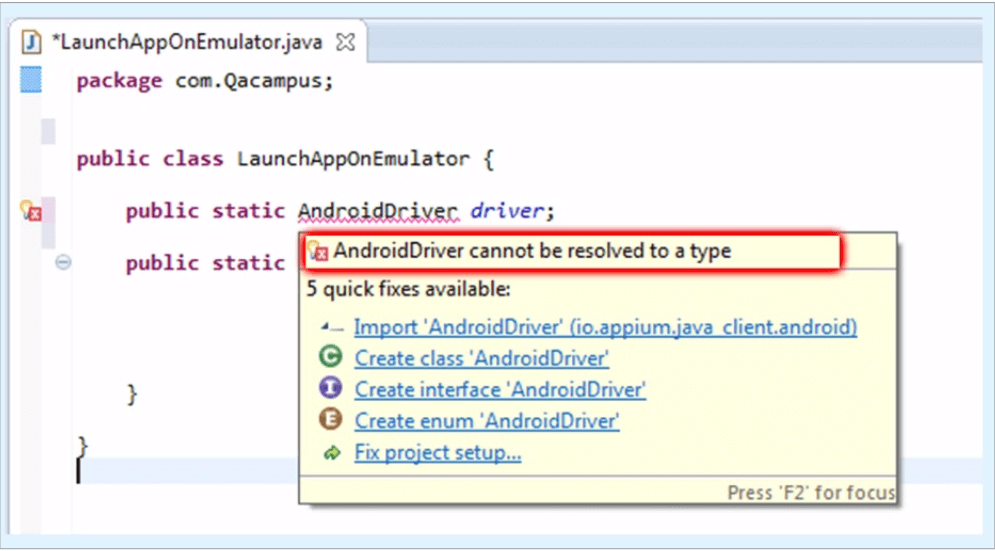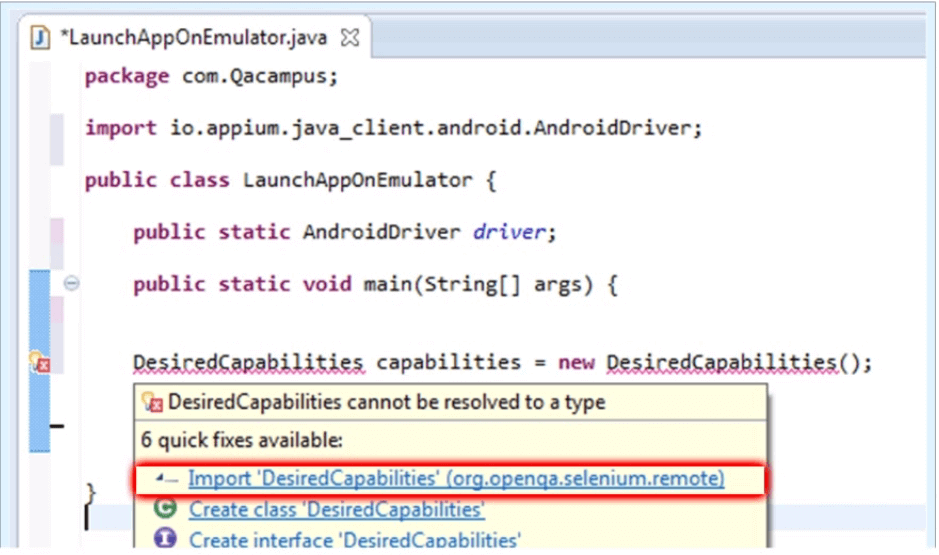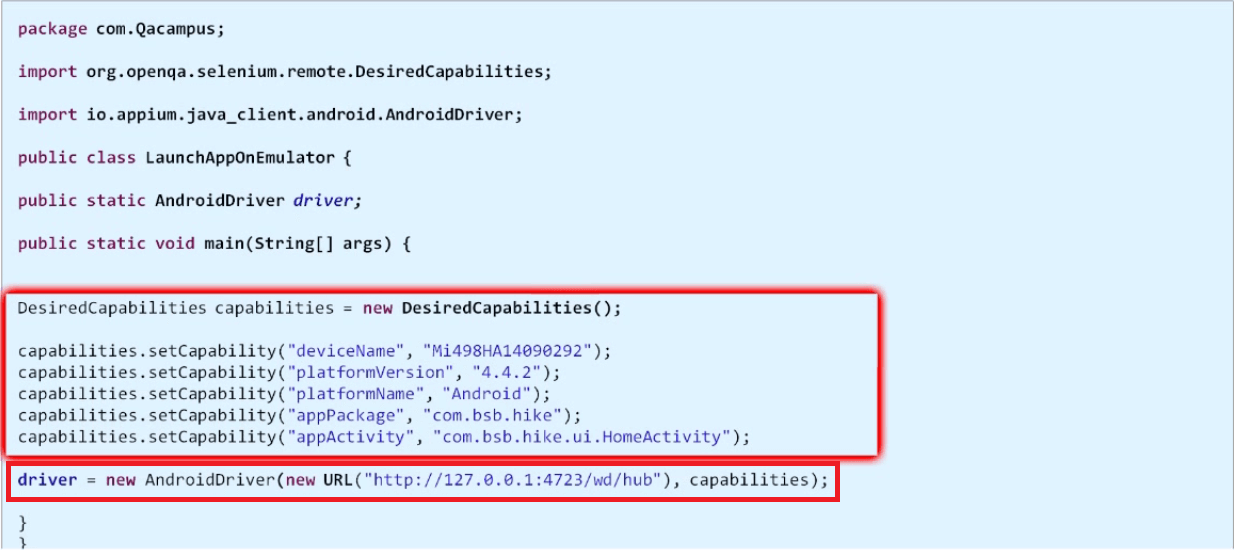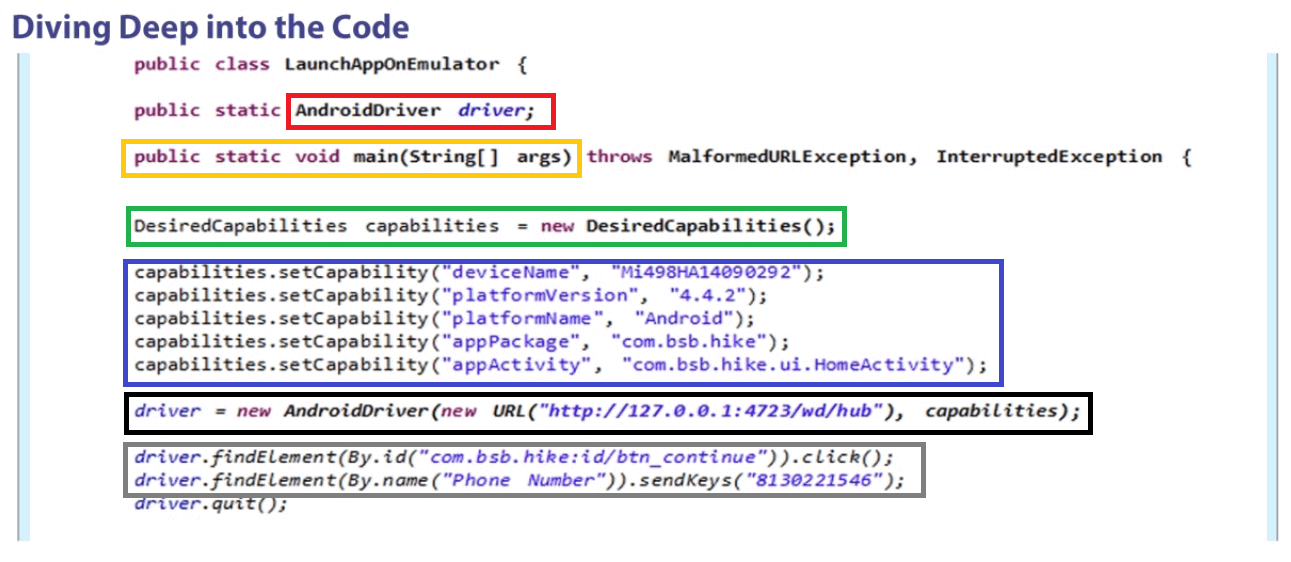Good news for Android users!!! The wait for the new version of the Android is over as it is likely to be released in the first week of September. Yes, you read it right.
Finally, Google has ditched its sweet flavours that started with Android 1.5 naming as “Cupcake”. After that, the trend followed as — Donut, Eclair, Froyo, Gingerbread, Honeycomb, Ice Cream, Jellybean, KitKat, Lollipop, Marshmallow, Nougat, Oreo, and Pie.
For the first time in its history, Android released its OS without a dessert name. It has discontinued the tradition permanently. It is simply called Android Q or Android 10.
However, the previous version Android 9 or Pie was most focused to introduce the best of intelligence, simplicity, digital wellbeing and ultimate navigation.
The new version Android Q is filled with functions like Android Q desktop mode offering more control to apps and features to its users. Fans and tech junkies had lots of expectations from Android 10 as it comes with lots of interesting and innovative features.
Android Q Features
Let us look at major changes in the Android 10.
Fully Gesture-based Navigation
Putting forward the gesture-based navigation added to the Android Pie, the new version will have fully-gesture based navigation. The traditional back button of the Android OS will not be available. It’s one of the remarkable changes that users will find in the Android OS navigation.
Some of the gestures are:
- Swipe up to access home;
- Swipe up and hold to show the multitasking menu,
- Swipe from the left or right edge of your screen to go back.
- First, swipe to open a side menu and a double swipe to go back.
However, user can anytime switch between various system navigation options that include: Gesture navigation, 2-button navigation, and the traditional 3-button navigation.
System-Wide Dark Mode
The feature which every Android user was waiting for- the Dark mode. Google’s Android 10 will have a system-wide dark theme that can be turned on and off at any time via a Quick Settings toggle.
Adding to that, Google has also created APIs that third-party app developers can use to activate the dark theme mode within their apps.
Live caption transcription
Live Caption will provide real-time captions for just about anything on your phone where someone is talking or reading. The best part is that it happens locally on-device. In other words, no internet connection of any kind is required. Anyone can turn Live Caption on through Android 10’s accessibility settings.
This will be a godsent gift for users who have difficulty in hearing or partially deaf. They generally face difficulty to understand the media contents like video, games, podcasts and so on, they can turn on the “Live caption” feature to better understand the media being displayed.
Privacy
Privacy is the biggest concern for our generation. New steps have been taken by the Android 10 developers to give us a better understanding and more control over what exactly apps on your phone have access to like calendar, location, camera, contacts, and microphone.
Now the apps that ask for your location will now show a new pop-up asking you if you want to grant location access all the time, only when the app’s being used, or not at all. This is a major step where the user has more command over third-party apps.
Permission Usage
The Permissions Usage page in settings has been completely modified to show which permissions are being used by how many of your apps, the ability to filter by permissions to see which apps are using certain ones, and a new User Interface for the App info page.
Sharing Shortcut
The direct share is replaced by sharing shortcut. It allows apps to return lists of direct targets for sharing for use within share menus. Unlike its previous versions, apps publish their targets in advance and do not have to be polled at runtime, improving performance.
Wi-Fi QR Code
Using a password to connect to a Wi-Fi will no longer be required. Android 10 has a built-in feature called “Easy connect”, where the system lets us make a QR code that others can access to use your Wi-Fi.
Bubbles
Bubbles are just like you see chat heads in facebook messenger. It will be a circular floating head that shows the latest notification on the screen. The new notification bubbles will now pop up on your screens while using other applications. The bubble is created for multitasking purposes; however, the user has an option to disable it.
Audio Features
Android 10 lets us record or listen to audio on two different apps. Previously, if an app started to capture audio, all other apps had no way to access the audio input until the capturing app was stopped. But now, you will be able to get two applications to listen to audio input at the same time.
Settings Panel
User need not jump through multiple pages to get to the phone settings you want. Settings Panel on the screen let you access phone settings that are contextual and correlated to the app that users currently have open.
Foldable Devices
There is a high possibility that foldable smartphones will be introduced in the market by the end of the year. Android 10 will offer support for application developers to develop apps specifically for such devices, even with different folding patterns. The support addresses the app’s resizing, screen ratios, multi-window functions and aspect ratios.
Undo App Removal
This feature can be saviour for users, as it happens to most of us, we accidentally remove any app and then we realize, we shouldn’t do that.
Google has understand this issue and has given to undo the removal. After you have removed any app, you have a few seconds to undo it by pressing the “undo” button that you can find within the bottom of the screen.
Smart Battery Indicator
The new indicator will reveal the remaining battery capacity. Currently, we see a certain percentage showing on the screen. Now the OS will show a text like “Until 10 PM” instead of a percentage. This text will only appear when the battery decreases to a certain level.
Android 10 will give extra privacy to the smartphone users and with the help of innovative technologies, the Android OS users will be able to function more efficiently. All these features will surely make things easier and navigable.
When to Expect the Release
Google had released the first Android Q Beta version in early March this year for the Pixel phones and multiple Beta versions were released including Android Q Beta 6 which appeared on August 7. As of now the announcement of the Q3 has been made on August 22, so we can expect the final release of the Android 10 at any point of time when Q3 is over.
These Android Q features of the Beta versions are live on 20 different phones across multiple manufacturers. People can sign up and enroll to get the new updates on Android 10.
The current compatible Phone after launch with Android 10 is – Pixel 3, Pixel 3XL, Pixel 2, Pixel 2 XL, Pixel, Pixel XL, OnePlus 6T, Sony Xperia Z3, and LG G8, Nokia 7.1, Nokia 8.1.
Related Articles:



